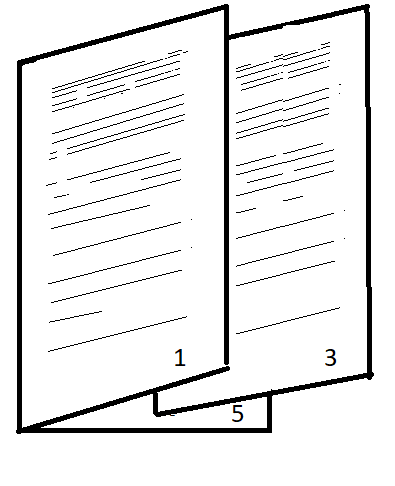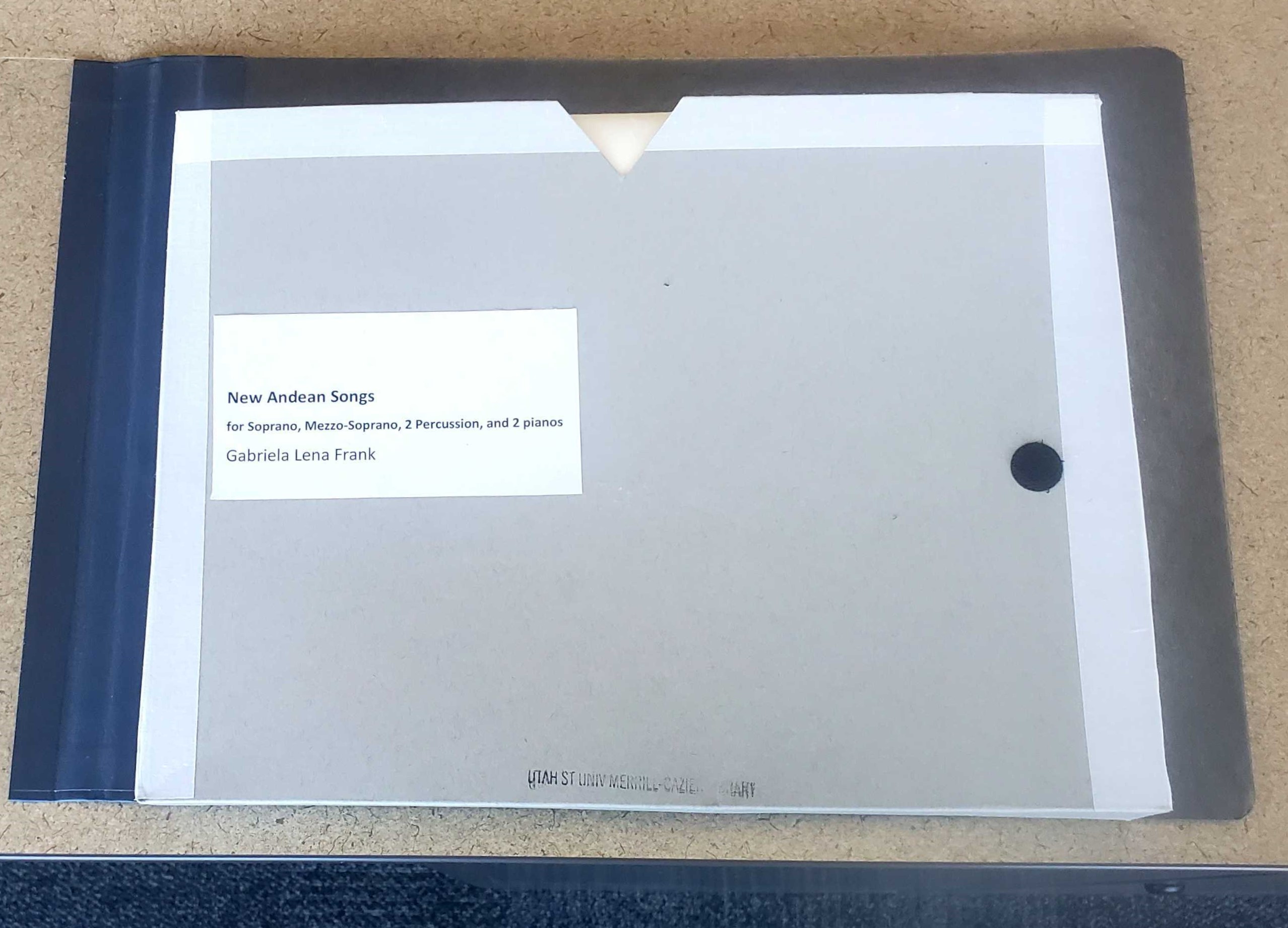Draft: 8/19/2021
...
Binding Needle, Linen Binding Thread, Awl, and Beeswax
Resupply is from Gaylord Archival (https://www.gaylord.com/c/Repair-Tools-and-Supplies) or TALAS.
...
Metal Ruler, Triangle or Carpenter Square, Pointed Bone Folder for measuring and scoring (locally supplied)
Card-Weight Paper (supplies can be found locally)
we are currently using pads of Toned Grey Strathmore Mixed Media, 18 x 24 inch.
Binder tape (without adhesive) for making our own binders, and with adhesive for strengthening.
Pamphlet Boards for making odd-shaped binders (two possibilities for resupplies):
Available at Gaylord Archival as 60 pt. Blue/Grey Barrier Board Sheets (25-Pack) 18” x 24” or Part #BG1824-2 here: https://www.gaylord.com/Preservation/Conservation-Supplies/Boards-%26-Paper/Gaylord-Archival%26%23174%3B-60-pt-Blue-Grey-Barrier-Board-Sheets-%2825-Pack%29/p/HYB00951
$133.30 per 25 sheets (this is our usual source)
OR as High-Density Acrylic-Coated Dark Gray Pamphlet Board - they are huge (39 x 40 inches), so we may want them to cut them to 18 x 24 inch (it will cost extra): https://archival.com/archivalboards.html#darkgrey - #DGPB .056 CTD Dark Gray - 39" x 40"
$17.01 each ($0.15 cut per sheet)
PETG clear Plexiglass plastic sheets (12 x 12”), 20 mil (.020”/.051mm) for front of binders - available online from various vendors (usually) through Amazon.
Double-sided archival tape (used in place of glue when making slipcover/pockets).
...
Parts: if there is more than one instrument or voice:
Are thereseparate parts tucked into the center or back of the score?
Scores with parts will be kept together, will share a barcode, and will be checked out together in Sierra.
While checking for parts, make sure our tattle-tape hasn't been put into the score so as to glue one or more parts to the score. They need to be removeable. If so, carefully unstick glued parts from the score and cover the tattle-tape with opaque repair tape.
Also, watch for scores with an odd number of leaves, which can contain a continuously paged loose sheet in the center of the folio: if loose, attach to the crease of the center fold with clear binding tape.
...
While learning the technique, it is easiest to turn after each set of stitches (shown in figure 4: no.1-5). Pull the thread tight while making the stitches, being careful to pull along the spine, instead of right angles.
...
6. Make sure all sewn stitches are tight, then, you can either tie the first & last threads together (figure 3, diagram), OR tie a knot to the center stitch (figure 4, step 5); then trim excess thread off, leaving about 3/4 to 1 inch thread.
...
Spread glue over the entire back to the pamphlet binder, and press the pocket into place on the pamphlet back. Wrap the parts with wax paper and insert them into the pocket, then press everything in the pamphlet binder overnight with heavy book or brick on top.
Simple Slipcase/Pocket:
Requires archival, permanent, double-sided tape.
...
For bulky paperback scores or spiral/comb scores plus parts. The flaps are taped together (in the order of folding) with archival permanent double-sided tape. Cut a notch in the front to allow for easier removal. These measurements fit our most common size of score and pamphlet binders (the thickness will vary).
Warning: I discovered this is slipcover can be easy to pull apart:
However, since the folded edge is the strongest, it can still be used, if turned so the strongest folded side is down; then glued into a wide binder (Based on the slipcase below from CCI.)
Stronger Slipcase/Pocket
The last two flaps are glued to the back with binder glue.
...
Other Enclosures and Boxes
A simple slipcase to stand alone, from Canadian Conservation Institute:
...
We possibly could make this one from a strong cardboard.
...

